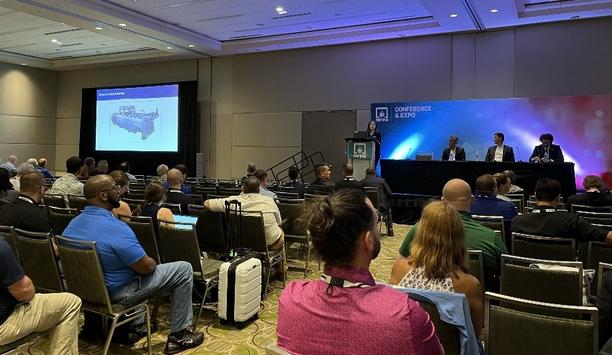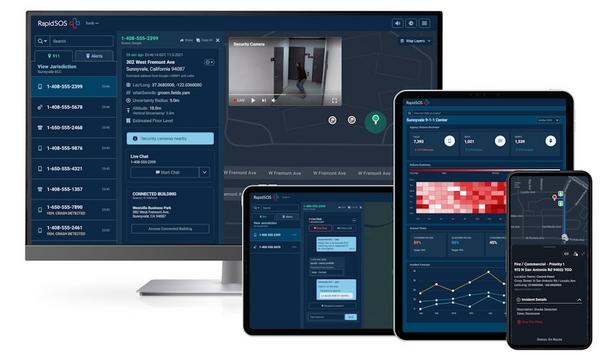The Internet of Things (IoT) is expanding the variety of technical capabilities deployed in the interest of public safety, and smart cities are leveraging IoT data to provide insights and improve operations. The U.S. Department of Homeland Security is promoting technology development through its Science and Technology Directorate’s SCITI (pronounced “city”) solutions lab. SCITI stands for Smart City and Internet of Things Innovation.
SCITI innovations promote public safety in urban environments to expand capabilities of first responders, including law enforcement, fire and emergency medical services, and the associated commercial sector.
The initiative focuses on integrating new and existing technologies to serve public safety needs, with emphasis on validation and go-to-market support through industry partners. A streamlined process is aimed at getting new capabilities commercialized and available to users.
Supporting first responders
The program seeks to provide new capabilities to support first responders and the associated commercial sector in three areas. They are:
- Autonomous navigation for indoor Unmanned Aerial Systems (UAS) to support search and rescue missions in difficult environments.
- Intelligent building sensors to be mounted on fixed indoor building features, such as smoke detectors or exit signs. Sensors provide a mechanism to rapidly prioritize areas for search and rescue.
- A body-worn interoperable platform (“SmartHub”) that integrates personal network communications with third-party sensors to improve situational awareness.
Collaborations for development
The program has been instrumental in developing and commercializing a number of products
DHS Science and Technology is leveraging a “commercial first” approach by working with technology innovation companies, government public safety officials, infrastructure owners and private sector investment partners to promote the design, development and operational testing and evaluation of suitability for commercial adoption. The program has been instrumental in developing and commercializing a number of products.
Improving communication is one area of development. For example, Zello, Austin, Texas, provides a push-to-talk smartphone app that is a low-cost, reliable and secure alternative to traditional radios. Wireless System Solutions, Morrisville, North Carolina, has developed end-to-end multi-standard/band wireless network solutions that provide connectivity from the macro cellular network to the end-point gateway and/or sensor.
Emergency situational awareness
To provide situational awareness in an emergency, Known Quantity Sensors Inc., Atlanta, offers an IoT edge sensor platform
To provide situational awareness in an emergency, Known Quantity Sensors Inc., Atlanta, offers an IoT edge sensor platform that uses AI-backed, image-based processing to quantify and locate human occupancy.
CommandWear Systems, Vancouver, British Columbia, provides a simple, secure, mobile situational awareness platform that runs on existing smartphones, smartwatches, tablets, laptops and desktop PC. The system enables users to prepare for events and incidents in advance, know where personnel and assets are, communicate with them securely, and then review and analyze a mission after the fact.
Other solutions promote teamwork and collaboration. Mutualink, Wallingford, Connecticut, connect voice, video and information sources so any agency can talk to and share information with partners on-demand, providing instant emergency collaboration, situational awareness and coordination. Coolfire Solutions, St. Louis, Missouri, provides collaboration software that synchronizes data, content and communications to enable people to work together more effectively.
Artificial intelligence
Providing automation to operate in an emergency, Airgility, College Park, Maryland, provides multi-mission unmanned aerial vehicles that can conduct search and rescue operations or protect the nation’s borders, including onboard artificial intelligence.
Thirteen companies in all were selected in the first phase of the program, and additional companies were added in Phase II. The SCITI solutions lab was created in collaboration with Virginia’s Center for Innovative Technology, TechNexus in Chicago, and Smart City Works venture labs in Washington, D.C.







































